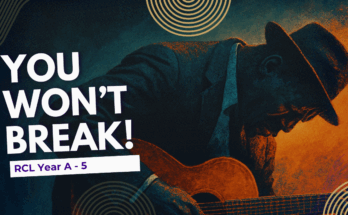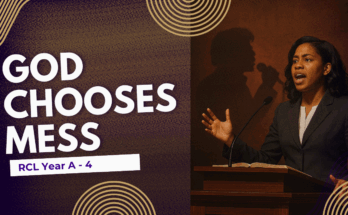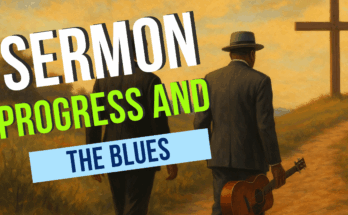As an Amazon Associate I earn from qualifying purchases.
How should a sermon progress? We all have heard sermons that just seemed to progress at the perfect rate. Then we have heard others that climaxed too soon or not at all. We have spoken on the progress of the sermon by making use of the Whooping Curve which graphs sermonic intensity. Interestingly enough at least two more preaching theorists have spoken on this particular issue. In this post we will look at Eugene Lowry’s Homiletical Plot and in the next article we will discuss The Hum from Evans Crawford.
Sermon Taking a Narrative Form
Eugene L. Lowry believes that the sermon should take on the “narrative form.” He is not speaking of simply preaching narratives, but that the sermon itself should work like narratives work. And how do narratives work? Lowry believes that good narratives should begin by “Upsetting the Equilibrium.” The beginning of sermons, according to Lowry, should work like other narratives by pushing us to see that our way of looking at things needs some modification. Note how the story of Job begins by upsetting our belief that if you live right, good things will happen to you. Another way of saying this is “What is the Problem?”
Lowry’s Steps
After “Upsetting the Equilibrium” the sermon should move to a phase of “Analyzing the Discrepancy.” Here we need to look closely at the difference between how we think things aught to work and how things work in the narrative we are telling. We want to ask simply why does this problem exists? Here we analyze the problem. We will propose and reject different components and thoughts.
The next phase is “Disclosing the Clue to Resolution.” Here we hear the Gospel’s resolution. And often it will be in a reversal of what we initially thought or believed. Then we “Experience the Gospel.” We understand and feel the implications of the gospel and internalize its truth. Finally we “Anticipate the Consequences.” Here we seek to understand the implications of the truths we have discovered in our living.
The Celebration and Lowry
Interestingly, the phase of Lowry that seems to correspond to the “celebration” seems to be in the next to last phase. This would seem to short circuit celebration. However, it need not do this. Your celebrative close need not be devoid of ethical content or implications. In fact, I would argue that the strongest closes are when we celebrate not just the gospel, but our own plans for a new life in light of the Gospel. To put it more bluntly, you can move from celebration of the gospel, to celebration of our response to the gospel presented in the sermon. Such a move would be important, in my estimation, because it is through the celebration that folks will interpret the rest of the sermon.
Conclusion
The important point is that the sermon is moving through particular phases. I think preachers should think about the steps that their sermons go through. If you do not like Lowry’s form, think about a form that is helpful to you. As noted, we will look at Evans Crawford’s form next.
Amazon and the Amazon logo are trademarks of Amazon.com, Inc, or its affiliates.




